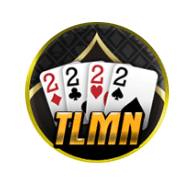Best Practices for Successful Board Meetings
Meetings at the Board are essential to support the company’s goals, preventing conflict and making sure that the company is in compliance with regulations. However, they can only be productive when everyone is committed to maintaining a constructive dialogue. By implementing these best practices, you can transform your Board meetings into dynamic engines that help your organization move toward its long-term strategy and objectives.
Establishing clear expectations and meeting guidelines is the first step towards organizing a well-run board meeting. It is about clearly identifying who is responsible for each item on the agenda, and making sure that all attendees have a full understanding of what to expect from your meeting.
By establishing and adhering to time limits for each item on the agenda, you’ll be in a position to keep your focus throughout the meeting. This will show attendees that they are appreciated. Limit the number of agenda items to ensure that your board members can discuss each item with ease. Noncontroversial items can be put to vote via a the consent agenda, which will free up click here for more info about board meetings more time for discussion of strategic issues (BoardEffect). Utilize visual tools like countdown timers to track your time, especially when dealing with sensitive subjects.
Distractions in discussions can result in lengthy meetings that distract from meeting goals. To reduce this, add the word “parking lot” on the agenda for subjects that require further research or consideration but aren’t at the top of the list. Make sure to regularly check the parking lot for the purpose of determining what needs to be added to the agenda, investigated further or delegated.

